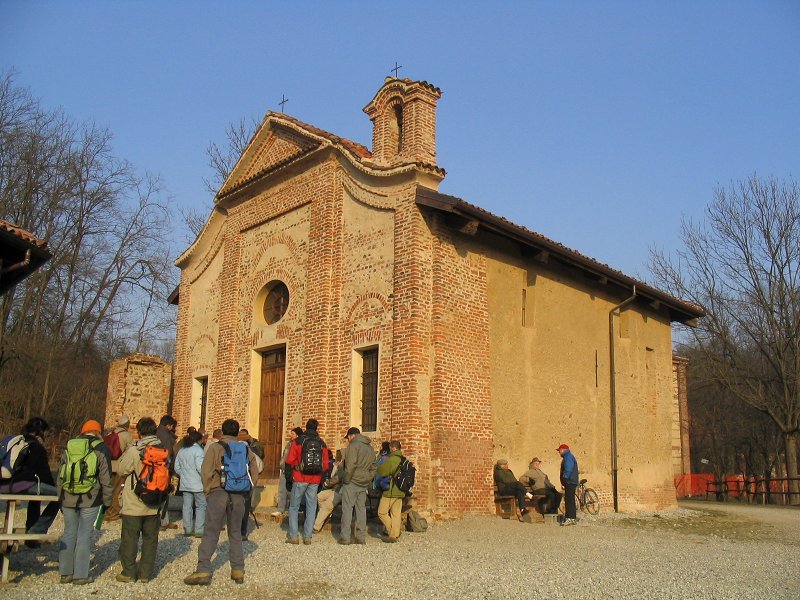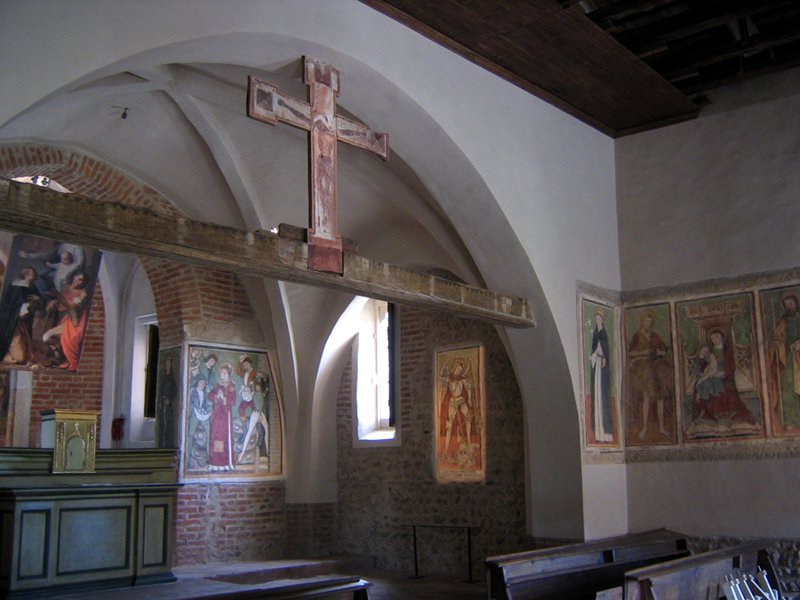- Park Authority+
- Institutional Bodies
- Offices, Public Relation Office (URP), headquarters and contacts
- Transparent Administration
- Register of the Authority Records
- Calls for tenders
- Calls for bids
- Collaborate with the Park
- Research and Projects+
- Progetti Europei+
- Nat.sens - Naturalmente a spasso con i sensi
- Programma di sviluppo rurale 2014-2020
- Inaugurazione Grotta Pugnetto e Centro visita a Mezzenile
- Life Wolf Alps EU
- Progetto Ve.La
- Forms
- Privacy
- Get to know the Royal Parks+
- Natura 2000 Network
- Visitor Guide+
- Information Point
- Proposals for schools
- Parks to Taste
- Regional Parks' Network
- Press Room
- Newsletter
- Park Authority
- What is the Park?
- History+
- Il Medioevo
- I Savoia
- I Medici del Vascello
- Il Parco Naturale La Mandria
- Geomorphology+
- Le forme del territorio
- I depositi
- I suoli
- Environments and Vegetation+
- Ambienti acquatici
- Praterie
- Boschi
- Margini dei boschi
- Alberi monumentali e alberi vetusti
- Funghi e licheni
- Briofite
- Fauna+
- Mammiferi+
- Cinghiale
- Cervo e daino
- Lupo
- Scoiattolo rosso
- Invertebrati+
- Insetti
- Ittiofauna
- Anfibi
- Rettili
- Fauna Alloctona+
- Nutria
- Gambero Louisiana
- Architecture and Landscape
- How to get there
- Entrances
- Information Point
- Timetable
- Why is the Park closed in case of bad weather?
- How to behave
- Why are dogs not allowed to enter?
- Proposals for Schools+
- Nido
- Attività per tutti
- Tariffe e prenotazioni
- Excursions with Guides
- Sporting Activities
- Services+
- Noleggio biciclette
- Bus Turistici
- Carrozze e cavalli
- Per i diversamente abili
- FAQ Frequently Asked Questions for your visit to the Park
- Research and Projects+
- Facilities and Infrastructure+
- Interventi di difesa spondale a seguito alluvione 2016
- Restauro Ponte Rosso
- Environmental Improvement+
- Sicuramente Alberi
- Citizen science INNAT
- Checklists
- Gestione Superfici Agricole Prative
- Anno 2019 - Lavori di difesa spondale lungo il Torrente Ceronda
- Progetto intervento torrente Casternone
- I bambini regalano il Telepass alle Api+
- B&B degli Impollinatori Selvatici
- Erbe di casa mia+
- Amaranto
- Artemisia Dracunlus
- Chenopodium Album
- Galinsoga
- Glechoma Hederacea
- Hieracium Pilosella
- Humulus Lupulus
- Lavanda Officinalis
- Malva Sylvestris
- Melissa Officinalis
- Mentastro Verde
- Papaver Roheas
- Phyteuma Sylvestris
- Plantago Lanceolata
- Polygonum Bistorta
- Portulaca
- Primula Acaulis
- Rumex Acetosa
- Salvia Sclarea
- Sanguisorba Minor
- Stellaria Media
- Taraxacum Officinale
- Timo Serpillo
- Trifoglio Alpino
- Urtica Dioica
- Piano di riequilibrio dei cervidi del Parco Naturale La Mandria
- European Projects
- Press Room
- Newsletter
- Park Authority
- What is the Park?
- History
- Geomorphology
- Environments and Vegetation
- Fauna
- Architecture and Landscape
- Publications
- How to get there
- Information Point
- How to behave
- Excursions with Guides
- Sporting Activities
- Research and Projects+
- Environmental Improvement+
- Genius Loci Stupinigi
- Compostare significa risparmiare
- Passi da Gigante - L'orto salvo e la capra sazia
- Facilities and Infrastructure
- European Projects
- Press Room
- Newsletter
- Park Authority
- What is the Reserve?
- How to get there
- How to behave
- History
- Nature+
- Ambiente naturale
- Geologia
- La Fauna
- I Funghi
- Points of Interest
- Nature Paths
- Proposals for schools
- Operation 7.1.2
- What is the Reserve?
- How to get there
- How to behave
- History
- Nature+
- Flora
- Fauna
- Nature Paths
- Proposals for schools
- What is the Reserve?
- How to get there
- How to behave
- History
- Nature+
- Flora
- Fauna
- Proposals for schools
- Cos'è l’area contigua
- General Information
- History
- Nature
- Points of Interest
- Research and Projects+
- Facilities and Infrastructure+
- Casa del Parco del Ponte del Diavolo
- Segnaletica Vauda
- Centro Visite Vauda
- Environmental Improvement+
- Ripristino area Goret Area contigua Stura di Lanzo
- European Projects
- Press Room
- Newsletter
Home » Mandria » Visitor Guide » Points of Interest » Other points of interest of the Park
The small village of Rubianetta and San Giuliano Church
After crossing the stream Ceronda at Violino bridge, the landscape divides between the woodlands of La Mandria plateau and the meadows of the plateau housing in the past the small village of Rubbianetta, today destroyed.
Evidences of the past are the ruins of Castellaccio and San Giuliano Church.
The small church, situated at the foot of the hill, was built in the 12th century and was linked to the estates of the Benedictine Abbey of San Giacomo di Stura.
According to some documents, the church was built "in the same Piedmontese Gothic architectural style of S. Antonio di Ranverso and, in the back, of S. Pietro di Pianezza", although the current façade, the wooden false ceiling, and the frescoes of the apse are the result of subsequent changes carried out in the 17th century.
In 1489 the chapel became a parish church and was enriched by a cycle of frescoes, very well preserved and recently restored, dating back to the year 1493 as witnessed by the writing under the representation of St Michael Archangel.
It also preserves a big painted wooden crucifix, recently restored too, dating back to the late 15th century, probably belonging to the school of Giacomo Jaquerio, with a wonderful face of Christ.
New cultural changes led to the inclusion of a painting probably by Giovenale Bongiovanni, an artist working for the Savoia family in Rivoli Castle and in the Royal Palace. The painting can be dated back to the late 18th century and represents the Madonna with the Child, St Dominic and St Julian.
The church is usually closed to the public: it is open by previous booking for a guided visit and during St Julian feast the last Sunday of August.
Municipality: Druento (TO) | Region: Piedmont | View on Map








